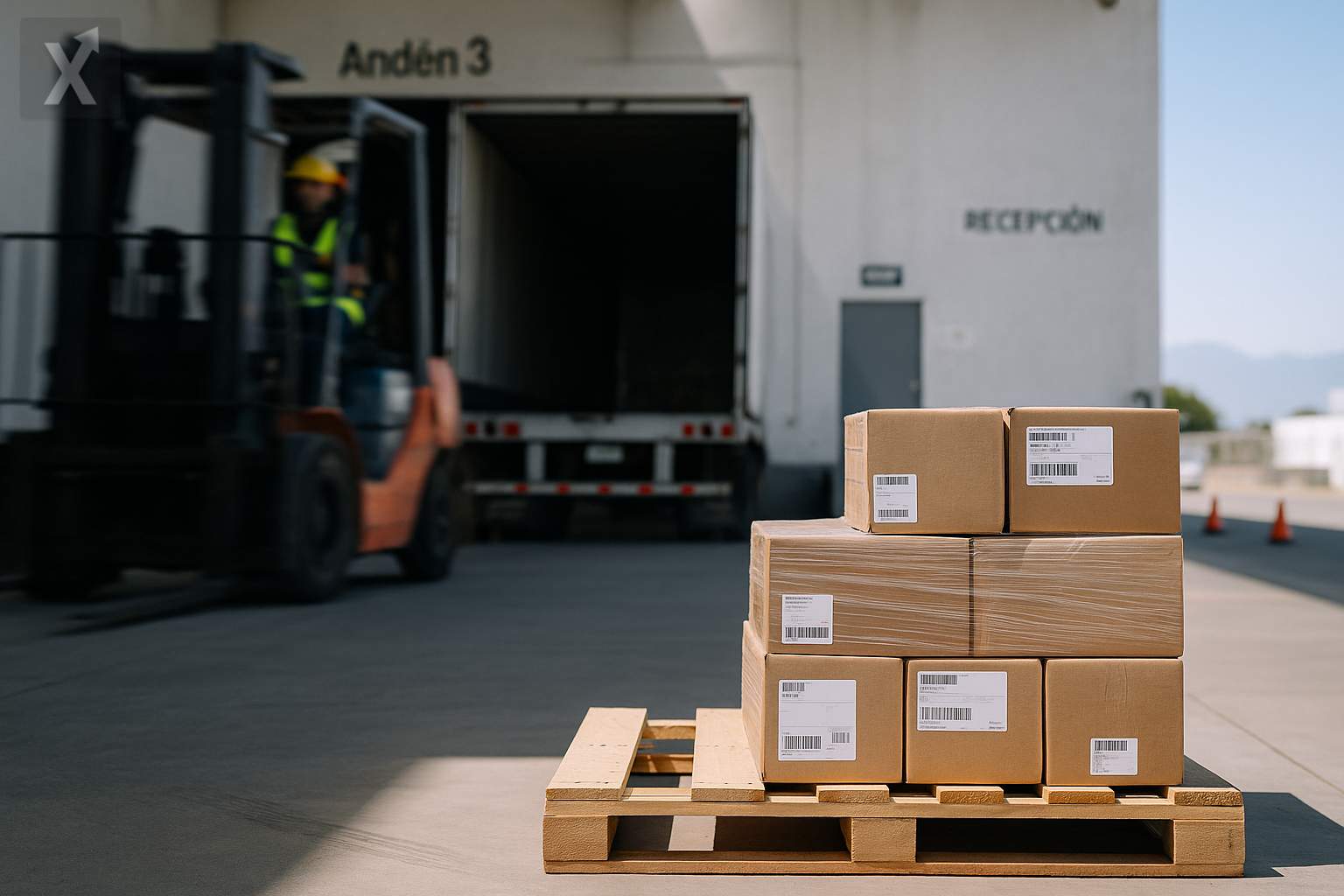Mexico Accelerates in AI-Linked Trade and Seeks to Climb the Tech Value Chain

Trade in goods related to artificial intelligence (AI) gained momentum in Mexico in 2025, in line with the reconfiguration of global supply chains and the push for nearshoring. Between January and August, the trade of computer equipment, software, telecommunications, and semiconductor components grew by 48% compared to the same period in 2024, with exports reaching $59.687 billion and imports totaling $49.83 billion, according to figures from the Bank of Mexico. This dynamism suggests that the country is capitalizing on its proximity to the United States and its manufacturing platform to integrate itself into the new tech wave.
The biggest boost came from automatic data processing machines—computers and their units—whose value multiplied by 2.1 times to $45.197 billion, accounting for about 76% of the total. Integrated circuits and telecommunications equipment also saw gains, while machinery for semiconductor fabrication fell by 3%, highlighting the challenge of moving into more complex stages. The official goal is for Mexico to move beyond just assembly and consolidate capabilities in design, testing, and eventually advanced manufacturing.
To that end, the private sector and the government have proposed creating a specific semiconductor chapter in the USMCA to attract strategic investments and strengthen local suppliers. Global companies and business organizations from the electronics and IT industries support the initiative, which is being complemented by a master plan to double the size of the national semiconductor industry, boost R&D centers, and develop joint projects with the United States. Progress, however, will depend on regulatory certainty, effective incentives, and coordinated execution at both the federal and state levels.
This phenomenon fits into a global trend. The WTO ranks Mexico among the top ten countries in AI-related goods trade, placing it eighth in both exports and imports. Globally, trade in these goods surpassed $1.9 trillion in the first half of 2025, contributing a disproportionate share to total trade growth. North America accounted for about one-fifth of the increase, with the United States and Mexico driving the region, while emerging Asian economies established themselves as key manufacturing hubs.
Investment flows are following the trend. In digital infrastructure, CLOUDHQ announced a data center complex in Querétaro worth nearly $5 billion, with six facilities and thousands of projected jobs, including highly specialized positions. In business services, Salesforce confirmed $1 billion to speed up AI adoption in Mexican companies. These announcements add to an ongoing industrial real estate expansion in states like Querétaro, Jalisco, Chihuahua, and Nuevo León, where demand for facilities and energy has remained strong.
The implications are broad. For regions, AI and high-value electronics can drive up wages, foster local supply chains, and increase tax revenues, while also boosting domestic providers of hardware, software, and related services. For small and medium enterprises, the opportunity lies in getting certified, digitizing processes, and meeting the quality and cybersecurity standards required by global supply chains. For the workforce, priorities include expanding training in STEM, digital skills, and technical English proficiency, as well as connecting universities with industrial clusters.
The bottlenecks are well known. The growth of data centers and advanced manufacturing demands reliable electrical capacity, more transmission lines, access to clean energy, and timely permitting processes. Water availability, logistics infrastructure, and security also impact costs and delivery times. On the macro front, restrictive monetary policy helps anchor inflation and a strong exchange rate lowers capital goods import costs, though high financing costs may hold back investment-intensive projects.
Looking ahead, the review of USMCA in 2026 will be a turning point for digital trade rules, cross-border data flows, and intellectual property standards—critical elements for AI and semiconductor supply chains. Gaining traction in chip design and testing, strengthening talent, and closing infrastructure gaps will be decisive for Mexico to capture a higher role in the technological value chain and turn its current trade momentum into sustained productivity.
In short, Mexico is making strong strides in AI-related goods trade and beginning to attract investment in digital infrastructure, but moving up to higher-value segments will require resolving energy and infrastructure constraints, fine-tuning industrial policy, and speeding up human capital development. The window of opportunity is open; seizing it will depend on coordinated public and private sector execution.






